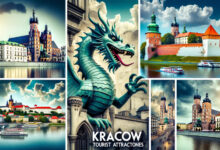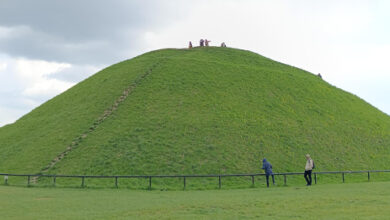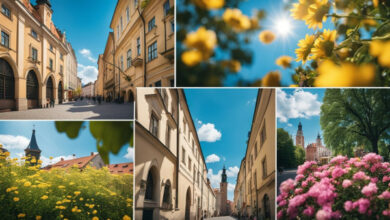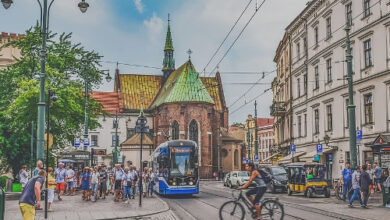17 Interesting and Fun Facts About Poland
17 Interesting and Fun Facts You Probably Didn't Know About Poland
Poland is a country located in Central Europe, known for its rich history, stunning architecture, and delicious cuisine. From its medieval castles to its beautiful cities, Poland has a lot to offer.
In this article, we will explore 17 interesting and fun facts about Poland that will give you a glimpse into this fascinating country.
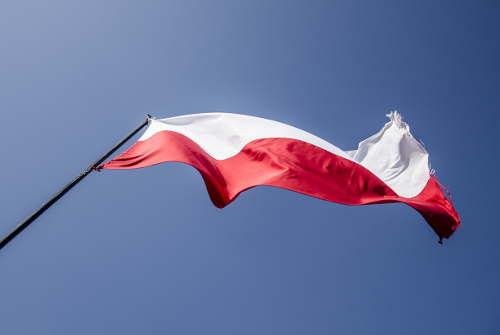
Did you know that Poland is home to the largest castle in the world by land area? The Castle of the Teutonic Order in Malbork is a UNESCO World Heritage Site and was originally built in the 13th century as a Teutonic castle and fortress. Another interesting fact is that Poland has 15 UNESCO World Heritage Sites, which is a testament to its rich cultural and historical heritage.
Poland is also famous for its contributions to science and culture. Many famous scientists, artists, and musicians hail from Poland, including Marie Curie, Frederic Chopin, and Nicolaus Copernicus.
Poland is also home to delicious cuisine, including pierogi (dumplings), kielbasa (sausage), and bigos (stew). Stay tuned to learn more interesting and fun facts about Poland!
Table of Contents:
History of Poland
Polanie
The name “Poland” is derived from the tribe name Polanie. The Polanie were one of the West Slavic tribes that inhabited the area of present-day Poland during the Early Middle Ages.
They united and formed a state in the 10th century. This state was later replaced by the Piast dynasty, which ruled Poland until the late 14th century.
Partitions
In the late 18th century, Poland was partitioned by its neighboring countries, Russia, Prussia, and Austria.
This led to the disappearance of the Polish state from the map of Europe for over a century. During this time, Polish culture and identity were preserved through literature, music, and art.
WWII
During World War II, Poland was invaded by Nazi Germany in 1939. The country was occupied for six years, during which millions of Polish citizens, including Jews, were killed.
The war ended in 1945 with the Soviet Red Army liberating Poland from Nazi Germany.
After the war, Poland became a communist state under Soviet influence. However, in 1989, the communist government collapsed, and Poland became a democratic country.
In 2004, Poland joined the European Union, and it has since become one of the fastest-growing economies in Europe.
Culture
Poland has a rich and diverse culture that has been shaped by its complex history and the influences of neighbouring countries.
From its impressive castles to its delicious cuisine, Poland has a lot to offer visitors. Here are some interesting facts about Polish culture:
Castle, Malbork
The Castle of the Teutonic Order in Malbork is the largest castle in the world by land area. Originally built in the 13th century as a Teutonic castle and fortress, it is also a UNESCO World Heritage Site.
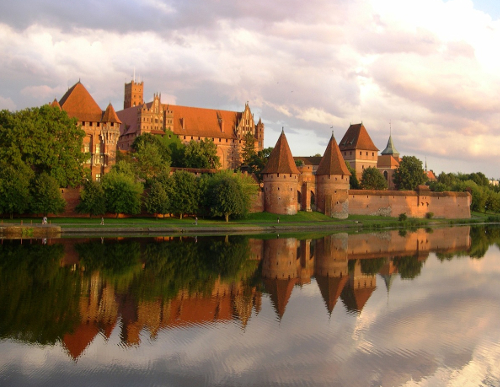
The castle has been restored and is now a museum that showcases the history of the Teutonic Order and the castle itself.
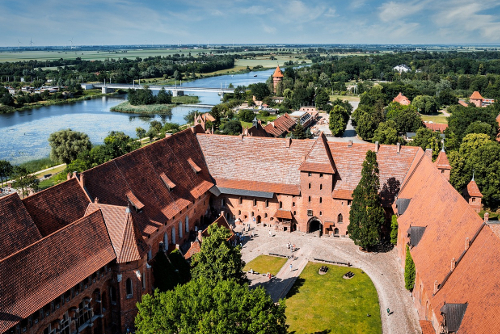
Nicolaus Copernicus
Nicolaus Copernicus, the famous astronomer, was Polish. He established the concept of a heliocentric solar system which proposed that the Sun is at the center of the universe rather than the Earth.
Copernicus’ work revolutionized the field of astronomy and is still studied today.
He was born in Toruń, Poland in 1473 and spent much of his life studying and researching the movements of the planets.
Today, Copernicus is celebrated as one of the most important scientists in history and is honored in Poland by having his portrait featured on the country’s 1 000 złoty banknote.
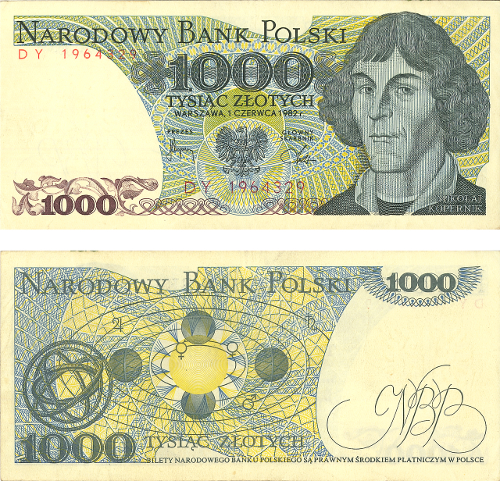
Krakow
Krakow is one of the oldest and most beautiful cities in Poland. It was the capital of Poland until the 16th century and is now a UNESCO World Heritage Site.
The city is known for its stunning architecture, including the Wawel Castle and the Main Market Square.
Marie Curie
Marie Curie, the famous physicist and chemist, was born in Warsaw, Poland. She was the first woman to win a Nobel Prize and the first person to win two Nobel Prizes in different fields.
Curie’s work on radioactivity paved the way for many advancements in science and medicine.
Jagiellonian University
Jagiellonian University in Krakow is one of the oldest universities in Europe. It was founded in 1364 by King Casimir III the Great and has a long history of academic excellence.
The university has produced many notable alumni, including Pope John Paul II.
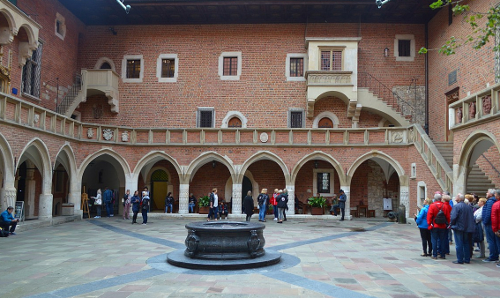
Polish Food
Polish cuisine is hearty and delicious. It includes dishes such as pierogi (dumplings), kielbasa (sausage), and bigos (hunter’s stew).
Polish cuisine also includes a variety of soups, including żurek (sour rye soup) and barszcz (beetroot soup).
Read also:
Traditions
Poland has a rich tradition of folk art, music, and dance. The country is also known for its traditional festivals and celebrations, including Easter, Christmas, and All Saints’ Day.
Polish traditions are deeply rooted in the country’s history and culture.
Chivalry
Polish chivalry has a long and storied history. The country is known for its knights, who were famous for their bravery and honour.
The Polish knights played an important role in European history and culture.
Polish Alphabet
The Polish alphabet has 32 letters, including several unique characters such as ą, ę, and ł. The language is known for its complex grammar and pronunciation, which can be challenging for non-native speakers.
Despite this, Polish is a beautiful and expressive language that is spoken by millions of people around the world.
Interesting Facts
Poland is a country with a rich history, culture, and traditions. Here are some interesting and fun facts about Poland:
World Heritage Sites
Poland is home to 17 UNESCO World Heritage Sites, including the Wieliczka Salt Mine, the Old Town of Krakow, and the Białowieża Primeval Forest, which is one of the last remaining primeval forests in Europe. Read also Wieliczka Salt Mine Tour
Name Day
In Poland, people celebrate their “name day” instead of their birthday. Each day of the year is associated with a different name, and people named after that name celebrate on that day.
Salt Mine
The Wieliczka Salt Mine, located near Krakow, is one of the oldest salt mines in the world, dating back to the 13th century. It is also one of the most popular tourist attractions in Poland.
European Bison
The European bison, also known as the wisent, is the largest land mammal in Europe and can be found in Poland’s Białowieża Forest.
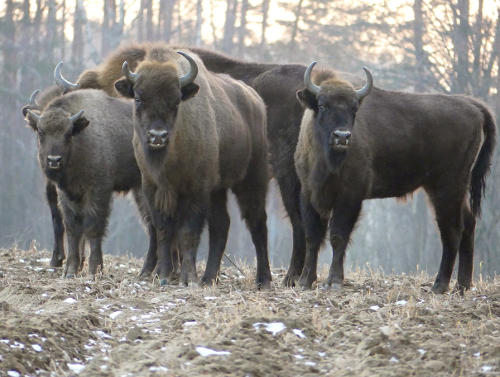
Official Language
Polish is the official language of Poland and is spoken by over 40 million people worldwide.
Wild Mushrooms
Mushroom foraging is a popular pastime in Poland, and the country is home to over 5,000 species of wild mushrooms.
Białowieża Primeval Forest
The Białowieża Primeval Forest is one of the last remaining primeval forests in Europe and is home to over 800 European bison.
Palace of Culture and Science
The Palace of Culture and Science in Warsaw is the tallest building in Poland and was a gift from the Soviet Union to Poland in 1955.
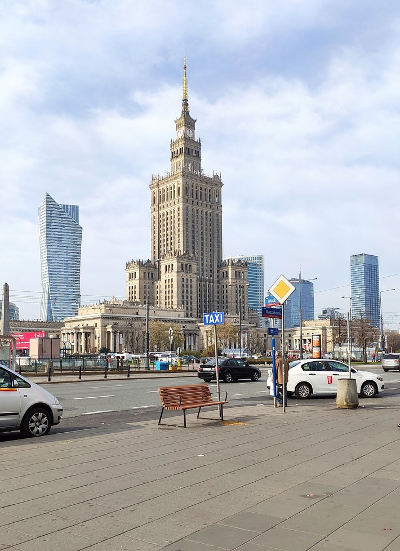
Castle of Teutonic Order
The Castle of the Teutonic Order in Malbork is the largest castle in the world by land area and is a UNESCO World Heritage Site.
Piwnica Świdnicka
Piwnica Świdnicka is the oldest restaurant in Europe, dating back to 1275.
Bernardo Bellotto
Bernardo Bellotto, also known as Canaletto, was an Italian painter who lived and worked in Poland in the 18th century. He is known for his paintings of Warsaw and Krakow.
Warsaw Radio Mast
The Warsaw Radio Mast was the tallest structure in the world until it collapsed in 1991. It was 646.38 meters tall.
Dubbing
Poland is known for its high-quality dubbing of foreign films and TV shows.
Polish Last Names
Many Polish last names end in “-ski” or “-ska” and are derived from the name of a town or city.
Upside Down House
There is an Upside Down House in Szymbark, Poland, where everything is upside down, including the furniture and the chandeliers.
Cats
The Polish city of Wrocław is home to over 200 bronze statues of cats.
Heliocentric Solar System
Nicolaus Copernicus, the astronomer who first proposed the heliocentric model of the solar system, was born in Poland.
Pol’and’Rock Festival
The Pol’and’Rock Festival, formerly known as the Woodstock Festival Poland, is one of the largest music festivals in Europe and is held annually in Kostrzyn nad Odrą.
Błędowska Desert
The Błędowska Desert is a small desert located in southern Poland and is the only desert in Europe.
Mushroom Foraging
Mushroom foraging is a popular pastime in Poland, and the country is home to over 5,000 species of wild mushrooms.
Traditional Polish Last Names
Many traditional Polish last names are derived from a person’s occupation, such as Kowalski, which means “blacksmith.”
National Colors
The national colors of Poland are red and white, which are also the colors of the Polish flag.
You may also be interested in these articles:
- 33 Stunning Places to Visit in Poland Before You Pass Away
- Everything What You Need to Know Before Visiting Poland
- How to pack for travel to Krakow
- How to Travel from the UK to Krakow
- Krakow or Warsaw – Which One Should You Visit
- Top 10 Hidden Gems in Krakow
Frequently Asked Questions
What is the capital city of Poland?
The capital city of Poland is Warsaw. It is the largest city in Poland and has a population of over 1.7 million people. Warsaw is located in central Poland and is known for its beautiful Old Town, which was completely rebuilt after World War II.
What is the currency used in Poland?
The currency used in Poland is the Polish złoty (PLN). One złoty is divided into 100 groszy. It is recommended to exchange currency at official exchange offices or banks, as some unofficial exchange points may offer unfavorable rates.
What is the official language of Poland?
The official language of Poland is Polish. It is a Slavic language and is the second most widely spoken Slavic language after Russian. English is also widely spoken in tourist areas.
What is the population of Poland?
As of 2023, the population of Poland is approximately 37.7 million people. The country has a relatively low population density, with most of the population concentrated in urban areas.
What are some traditional Polish dishes?
Polish cuisine is hearty and filling, with many dishes featuring meat, potatoes, and cabbage. Some popular traditional Polish dishes include pierogi (dumplings filled with meat, cheese, or vegetables), bigos (a stew made with sauerkraut and meat), and kielbasa (a type of sausage).
What is the most popular tourist attraction in Poland?
The most popular tourist attraction in Poland is the historic city of Krakow. Located in southern Poland, Krakow is known for its stunning architecture, beautiful Old Town, and rich history.
The city is home to many museums, galleries, and cultural events, and is also a popular destination for foodies.
